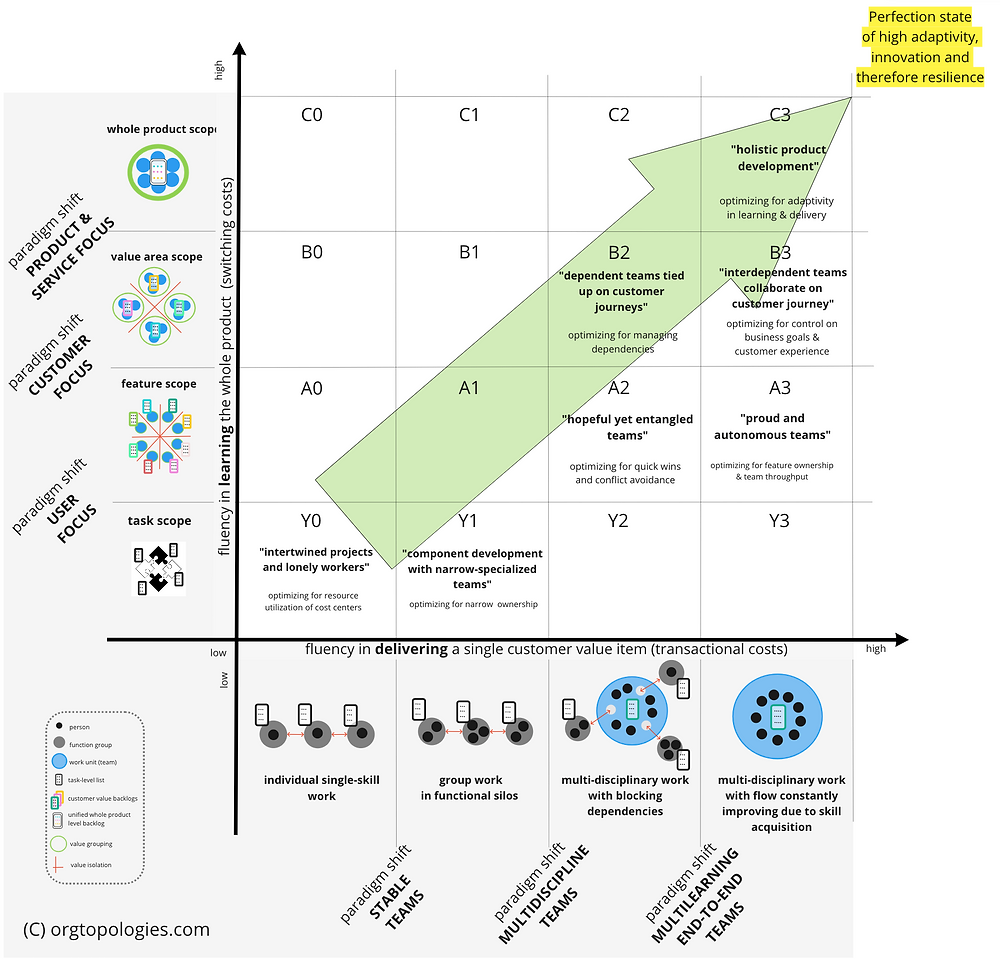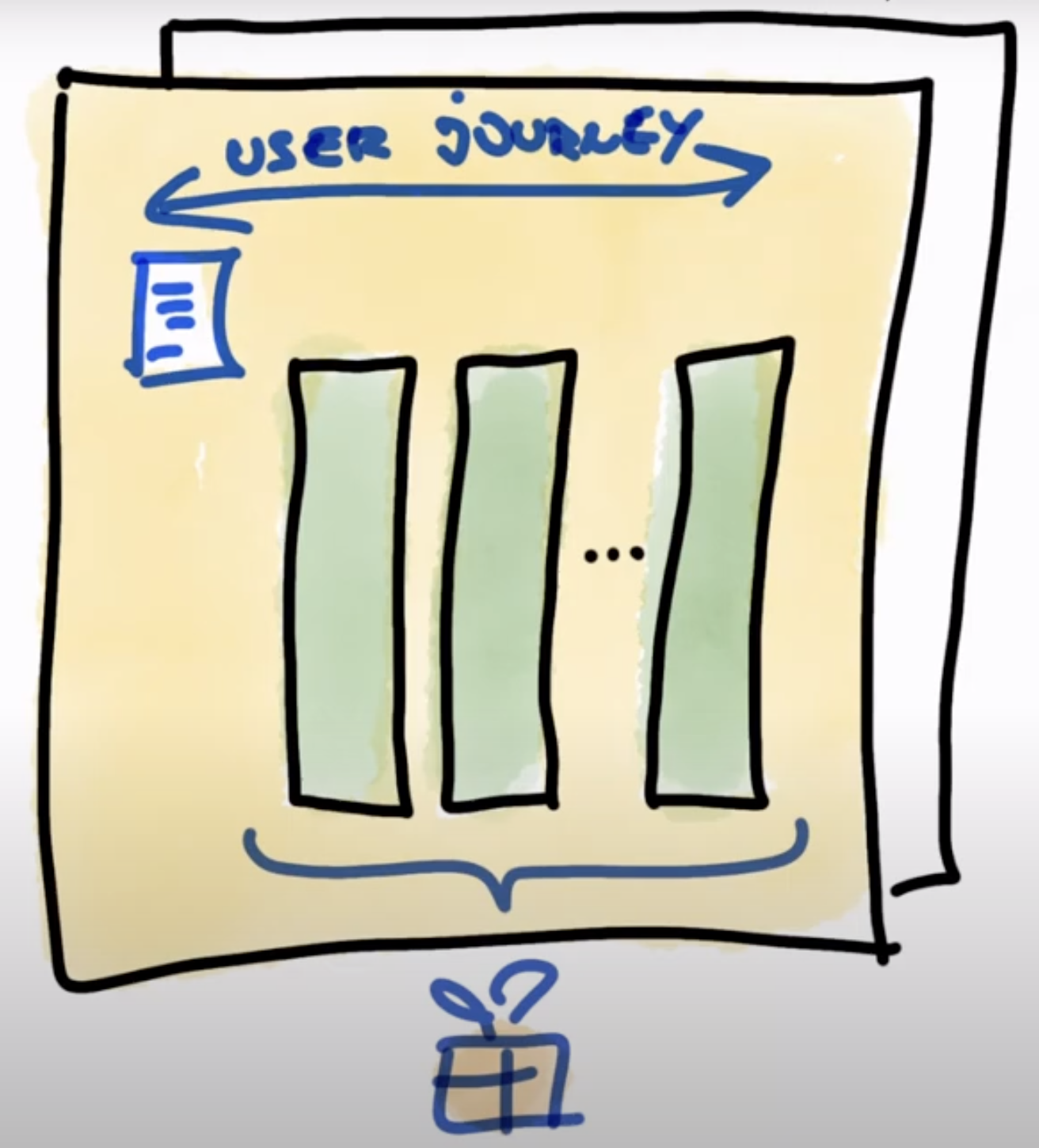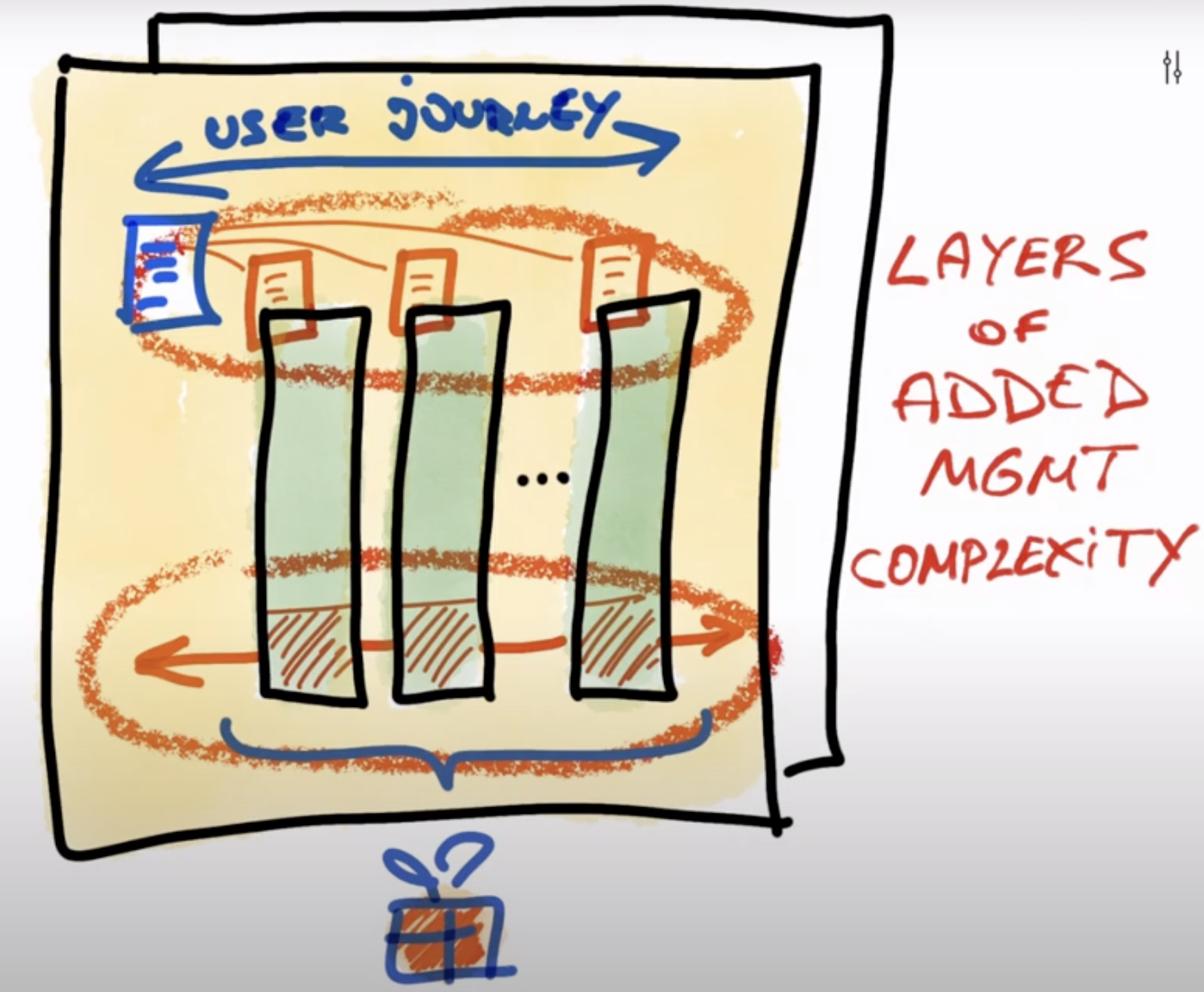
Metadata
- Author: Alexey Krivitsky
- Full Title:: Seven Archetypes of Org Topologies™
- Category:: 🗞️Articles , Data Team Topologies
- URL:: https://www.orgtopologies.com/post/seven-archetypes-of-org-topologies
- Finished date:: 2023-07-21
Highlights
Grow team-level autonomy – by deepening cross-functionality to become fluent in delivering value fast. (View Highlight)
Grow customer-centric alignment – by broadening understanding of the problem space. (View Highlight)
Task-level archetypes (Y0 and Y1)
Despite being at the lowest level of the map, the managers are overloaded here. They do everything – from collecting and analyzing the requirements, to breaking them down to tasks and allocating them to skills, from control of task execution to work integration and conflict management. They are so busy and bogged down with micro-work, then they don’t have the time to stop, think and change the system (View Highlight)
Lacking a definition of customer value, such organizations focus on what they see and can manage – “busy-ness” of its employees (View Highlight)
this is still far from the perfection-vision as there are glitches and blockages in work of such teams. What is causing them? Such teams might occasionally be missing some skills and responsibilities. Those have not yet been transferred to the teams and are still occupied by individual specialists, specialist groups, or component teams (View Highlight)
Team-Oriented Archetypes (A2 and A3)
Throughput of individual teams is higher than ever before. And it is likely measured as a team’s velocity. (View Highlight)
Because of the strong belief in feature ownership, the teams will likely be named after the things they are kept accountable for. You’re likely to see an “iOS team”, a “search team”, a “data science team (View Highlight)
One key reason of creating the Org Topologies™ was to show creating great agile teams, it not all that an organization can be dreaming of and strive for (View Highlight)
the idea of teams sharing the end-to-end customer journey only works if they shared a single backlog. (View Highlight)
B2 & B3: towards better silos

There is a shared backlog. A user journey could be, for example, “acquisition”.
At this organizational maturity, the team-level silos have been systemically fought and almost gone. There are no more walls between specialists and teams. All the teams within a given value area work as one. They are now, what we like to call, a team of teams (View Highlight)
generally speaking, from what we have observed in many organizations, there are high chances, that the value areas are implemented as org units – departments. New kind of departments, value-oriented and customer-facing. However, still departments (View Highlight)
This is the perfection vision of Large-Scale Scrum (LeSS). The realization of its Whole-Product Focus principle, which is being supported by other 9 principles. (View Highlight)
New highlights added 2023-07-21
Summary of the Team-Oriented Archetypes (A2 and A3) (View Highlight)
 (
(